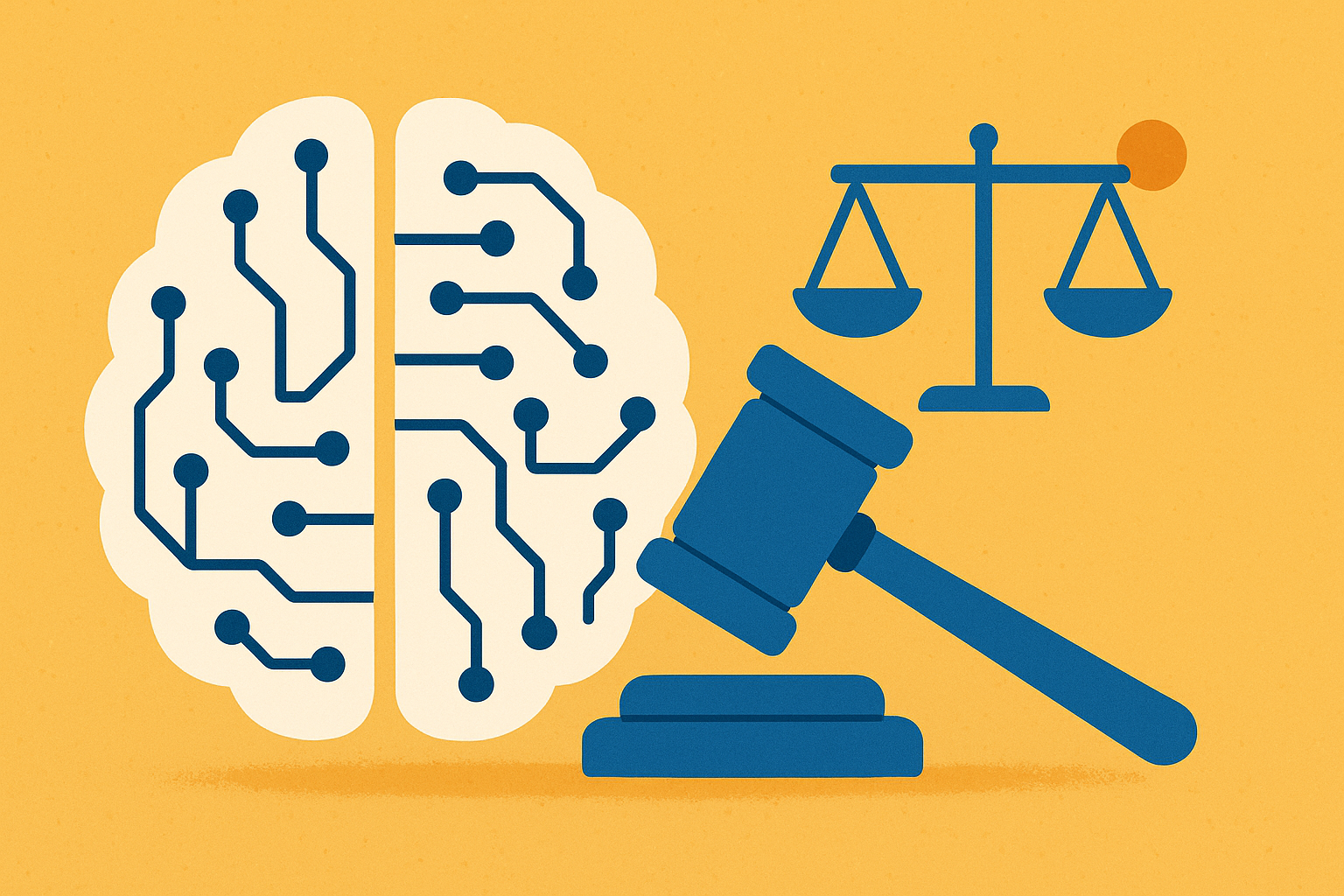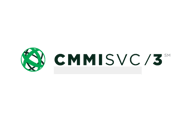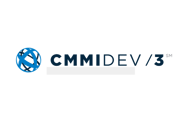Unfortunately, quantitative data frequently falls short in addressing the critical "how" and "why" questions that inform our understanding of complex issues.
The Unique Power of Qualitative Insights
Qualitative research offers a unique lens for exploring the intricacies of human experience and understanding complex social issues. Qualitative research fundamentally aims to explore and provide deeper, more comprehensive, and detailed descriptions of phenomena using non-numeric data.
This approach examines how people live, think, and respond to various situations, providing valuable insights into their experiences, behaviors, beliefs, attitudes, and motivations. By focusing on understanding the meanings, experiences, and perspectives of individuals and groups, qualitative research offers a richness and depth of understanding that numerical data alone cannot provide. Qualitative methods are particularly effective in obtaining rich information about the behavior, opinions, and social contexts of specific populations.
A significant strength of qualitative research lies in its ability to give voice to the perspectives of various stakeholders. It is specifically designed to learn about the experiences and points of view of individuals directly impacted by policies and programs, including citizens, policymakers, experts, and community leaders. This method is essential for understanding the range of needs and preferences of the public that federal agencies serve. By gathering these varied perspectives, qualitative research can be used to assess the potential impact of policies on different groups and to ensure that government initiatives are relevant and responsive.
Qualitative research plays a critical role in identifying unmet needs within communities and informing the development of appropriate interventions and support services. By exploring the lived experiences of individuals, qualitative methods can uncover informational gaps, challenges in accessing services, and preferences for different types of support. For example, in healthcare settings, qualitative research can help understand the patient's journey, identify barriers to effective treatment, and highlight areas where current services fall short. This detailed understanding of unmet needs allows federal agencies to tailor programs and services more effectively to address the specific challenges faced by different populations.
Qualitative research is also instrumental in improving citizen engagement with government initiatives. By understanding citizen perceptions, preferences, and experiences with government services and policies, agencies can develop more effective strategies for communication and engagement. Qualitative methods facilitate meaningful participation of stakeholders in the policy process, fostering dialogue and building trust between the government and the public. Gathering feedback on policies and services through qualitative inquiry ensures that citizen voices are heard and considered, leading to more responsive and well-received government actions.
Key Qualitative Research Methodologies for Federal Agencies
Federal agencies can draw upon a diverse array of qualitative research methodologies to gain in-depth understanding of the issues they address. Each method offers unique strengths and is particularly well-suited for specific types of inquiry.
Interviews
Interviews are a cornerstone of qualitative research, involving in-depth, one-on-one conversations between a researcher and a participant. These interviews can be structured, following a predetermined set of questions, semi-structured, using a guide but allowing for flexibility, or unstructured, allowing the conversation to flow naturally. Interviews are particularly effective for exploring sensitive topics, understanding individual experiences and perspectives in detail, and uncovering motivations and beliefs.
For example, the Department of Health and Human Services (HHS) could utilize interviews with patients to gain a comprehensive understanding of their experiences navigating a new healthcare program, identifying both its successes and areas for improvement.
Focus Groups
Focus Groups involve facilitated discussions with a small group of participants, typically guided by a moderator. This method is valuable for gathering insights into shared experiences, perceptions, and attitudes within a group. Focus groups can reveal group dynamics and generate a broader range of perspectives on a particular issue.
For instance, the Environmental Protection Agency (EPA) could conduct focus groups with community members residing near industrial sites to understand their concerns and perceptions regarding environmental regulations and their impact on their health and well-being.
Ethnographic Studies
Ethnographic Studies offer an immersive approach to understanding a specific cultural or social group. Researchers conducting ethnographic studies immerse themselves in the environment of the group they are studying, observing their daily practices, interacting with members, and gathering data through various methods over an extended period. This methodology provides a rich, contextual understanding of complex social phenomena and cultural nuances.
State Departments of Education, for example, could employ ethnographic studies to gain a deep understanding of the daily experiences, challenges, and opportunities faced by students, teachers, and administrators within underperforming schools.
Case Studies
Case Studies involve an in-depth investigation of a specific individual, group, community, or institution within its real-world context. Researchers utilize multiple data sources, such as interviews, documents, observations, and archival records, to develop a holistic understanding of the case. Case studies are particularly useful for exploring complex phenomena, understanding the intricacies of specific situations, and formulating "lessons learned" that can be applied to future scenarios.
A city or county agency might conduct a case study to analyze the implementation process and outcomes of a particularly successful or challenging program within another agency to identify best practices or potential pitfalls.
Content Analysis
Content Analysis is a systematic method for examining text, audio, or visual data to identify recurring patterns, themes, and meanings. This method can be applied to a wide range of data sources, including policy documents, media reports, public comments, interview transcripts, and social media posts. Content analysis allows researchers to identify key messages, understand public sentiment, and track changes in communication over time.
For instance, an agency proposing new regulations could use content analysis to analyze public comments submitted during the feedback period to understand the primary concerns and suggestions of stakeholders.
The Synergy of Mixed Methods Research
Recognizing the complementary strengths of both qualitative and quantitative research, many federal agencies are increasingly adopting mixed methods research approaches. This approach strategically integrates qualitative and quantitative data collection and analysis within a single study or a series of related studies. By combining these methods, researchers can balance out the inherent limitations of each individual approach, leading to stronger evidence, more comprehensive findings, and a deeper understanding of complex issues. Mixed methods research allows agencies to answer both the "what" questions, often addressed by quantitative data, and the crucial "why" and "how" questions that qualitative data can illuminate.
Several distinct mixed methods designs exist, each suited for different research objectives. In a convergent/parallel design, qualitative and quantitative data are collected and analyzed concurrently but separately, and the findings are then compared and integrated during the interpretation phase. This design allows for triangulation of findings, where results from different methods can corroborate or diverge, providing a more robust understanding.
A sequential design involves collecting one type of data first, followed by the other, with the results of the initial phase informing the subsequent data collection. For example, qualitative interviews might be conducted to explore a phenomenon in depth, and the findings from these interviews could then be used to develop a quantitative survey to measure the prevalence of the identified themes across a larger population.
In an embedded/nested design, one method is embedded within the other, often with a qualitative component integrated into a larger quantitative study to provide context or explain specific findings. Finally, multiple phase projects involve conducting a series of quantitative, qualitative, or mixed-methods studies over time, with the findings from each phase building upon the others to address a broader research question.
The benefits of adopting a mixed methods approach for federal agencies are numerous. It provides a more holistic view of the populations being served, capturing both the broad trends and the individual experiences. The integration of different data sources enhances the validity and reliability of research findings through triangulation, where multiple lines of evidence converge to support a particular conclusion. Qualitative data can provide crucial context and make quantitative results more understandable, adding depth and meaning to statistical findings.
This combined approach can also help identify unmeasured factors and provide insights into outliers or unexpected patterns observed in quantitative data. Furthermore, mixed methods research is particularly valuable for the development and refinement of interventions, allowing for a comprehensive understanding of both the effectiveness and the implementation processes. Ultimately, the strategic integration of qualitative and quantitative methods significantly enhances the rigor, relevance, and overall impact of federal research and evaluation efforts, leading to a richer and more complete understanding of the complex issues that government agencies address.
Successful Examples of Qualitative Research in Federal Agencies
Across various sectors of the federal government, agencies have successfully leveraged the power of qualitative research to inform policy, improve programs, and enhance services.
Department of Health and Human Services (HHS)
The Department of Health and Human Services (HHS) has utilized qualitative methods in numerous ways to understand the experiences of individuals interacting with the healthcare system and social services. For instance, qualitative studies have explored the lived experiences of mothers parenting children with specific health conditions, providing valuable insights into their challenges and support needs.
Environmental Protection Agency (EPA)
The Environmental Protection Agency (EPA) has effectively integrated qualitative research into its regulatory and research activities. For example, the EPA has used focus groups to understand consumer perceptions of pesticide labels, directly informing the design of clearer and more effective warning labels to enhance public safety. The agency also employs case studies to gain a deeper understanding of complex socio-environmental systems, examining community responses to environmental contamination and the effectiveness of remediation efforts.
The EPA's experience with mini focus groups to discuss household cleaners and pesticides demonstrates the direct link between qualitative findings and tangible improvements in public communication and regulatory effectiveness. This model can be extended to other areas where public understanding and behavior are critical to achieving environmental goals.
Other Federal Agencies
Beyond these specific examples, numerous other federal agencies utilize qualitative research in various capacities. The Census Bureau employs qualitative methods extensively for pretesting and evaluating survey questions, ensuring clarity, accuracy, and minimizing respondent burden in their crucial data collection efforts.
Agencies like NASA and the Internal Revenue Service (IRS) have incorporated qualitative user research to understand user needs and improve the design and accessibility of their websites and digital services, ultimately enhancing the public's experience with government resources.
The Department of Defense supports qualitative research to better understand the needs and experiences of specific populations to inform the development of appropriate resources and support systems.
Ensuring Rigor and Ethics in Qualitative Government Research
While qualitative research offers unique strengths, it is crucial to address potential concerns regarding subjectivity and ensure rigorous and ethical practices, particularly within the context of federal government research where findings can have significant policy implications.
Addressing the inherent subjectivity of qualitative research requires the implementation of specific strategies to enhance the trustworthiness, credibility, and confirmability of findings. Triangulation, using multiple data sources or methods to investigate the same phenomenon, helps to corroborate findings and reduce the impact of individual biases. Prolonged engagement in the field or with participants allows researchers to develop a deeper understanding of the context and build rapport, leading to richer and more nuanced data.
Member checking, involving the sharing of preliminary findings with participants to gather their feedback and ensure accuracy, enhances the credibility of the interpretations. Negative case analysis, the systematic search for and analysis of cases that contradict emerging patterns, helps to refine findings and ensure they account for diverse experiences. Maintaining a detailed audit trail that documents the research process, including data collection, analysis decisions, and the evolution of themes, provides transparency and allows others to follow the logic of the research.
Ensuring data validity and reliability in qualitative research involves employing rigorous data collection and analysis techniques. This includes systematic coding of data to identify patterns and themes, thorough thematic analysis to interpret the meaning of these patterns, and the use of memos to document evolving insights and connections. Developing a clear and comprehensive codebook with explicit definitions for each code and ensuring consistency in its application across researchers are essential for reliability. Rather than focusing solely on achieving a large sample size, qualitative research often prioritizes information power, selecting participants whose perspectives are most relevant to the research question, thus maximizing the depth and richness of the data obtained.
Ethical considerations are paramount in all research involving human participants, and qualitative research within the government context is no exception. Researchers must obtain informed consent from all participants, ensuring they understand the purpose of the research, their rights, and any potential risks or benefits. Protecting participant confidentiality and anonymity is crucial, especially when dealing with sensitive topics.
Researchers must take all necessary precautions to avoid harm to participants, both physical and psychological, and prioritize their well-being throughout the research process. Transparency about the research process, including potential biases, is essential for building trust and maintaining the integrity of the research.
Finally, researchers must carefully navigate concerns related to data sharing, ensuring that participant consent covers potential secondary uses of the data and that appropriate measures are taken to protect sensitive information. Adherence to these rigorous methodological and ethical standards ensures that qualitative research conducted by or for federal agencies produces credible and trustworthy findings that can effectively inform policy and practice.
Gaining Deeper Understanding for Effective Governance
The true power of qualitative insights for federal agencies lies in their ability to unlock the "why" behind observed trends and outcomes, providing a deeper level of understanding that is crucial for effective governance. By examining the experiences, perspectives, and motivations of individuals and communities, qualitative research goes beyond simply measuring the success or failure of government initiatives to understanding the underlying drivers that contribute to those outcomes. This deeper understanding helps explain unanticipated results that may emerge from quantitative data, providing valuable context and informing future research directions.
Qualitative research plays a vital role in informing the development and adaptation of policies that are more responsive to the actual needs and contexts of the target populations. By understanding how people interpret and respond to policies in their daily lives, agencies can gain valuable insights into the potential intended and unintended consequences of their actions. Qualitative methods can reveal the contextual variability that affects policy implementation, highlighting why a policy might be effective in one setting but not in another. This nuanced understanding ensures that policies are grounded in the realities and experiences of the people they aim to serve, ultimately leading to better outcomes.
Furthermore, qualitative insights are essential for improving service delivery and enhancing citizen engagement. By understanding the needs, preferences, and experiences of citizens accessing government services, agencies can tailor their delivery methods to be more accessible, user-friendly, and effective. Qualitative research facilitates better communication and engagement with the public by providing insights into their preferred channels of communication, their levels of understanding of government initiatives, and their perceptions of agency responsiveness. This ultimately builds trust and strengthens the relationship between government and the citizens it serves. By moving beyond a purely numerical assessment of outcomes and embracing the rich understanding provided by qualitative inquiry, federal agencies can unlock the "why" and pave the way for more effective and impactful governance.
Frameworks and Guidance for Incorporating Qualitative Insights
For federal agencies seeking to more effectively incorporate qualitative insights into their research and evaluation processes, a growing number of resources and frameworks offer valuable guidance.
The Federal Reserve's Worker Voices Project has developed a comprehensive toolkit that provides lessons and insights into using community-engaged qualitative research practices. This toolkit outlines the project's aims, methodologies, and key learnings, offering a practical guide for other agencies interested in similar approaches.
Code for America's Qualitative Research Practice Guide offers a user-friendly resource that touches on core research philosophies, ethical considerations, trauma-informed research practices, and specific qualitative methods, along with practical tips for planning, executing, and synthesizing qualitative research.
The Administrative Conference of the United States (ACUS) Consultant Guide provides concise and usable guidance regarding qualitative interviews with individuals in administrative agencies and those who interact with them, offering best practices for conducting effective interviews in a government setting.
Incorporating qualitative insights effectively requires a strategic and systematic approach. Agencies should begin by clearly defining their research objectives and identifying research questions that are best suited for qualitative inquiry, focusing on "how," "why," and "to what extent". Selecting the most appropriate qualitative methodologies, such as interviews, focus groups, ethnography, or case studies, based on the specific research goals is crucial.
Developing rigorous data collection instruments, including well-designed interview guides and focus group protocols, ensures that relevant data is gathered effectively. Providing adequate training for researchers in qualitative methods, data analysis techniques, and ethical considerations is essential for conducting high-quality research.
Agencies must also allocate sufficient time and resources for qualitative data collection and analysis, recognizing that these processes can be more time-consuming than purely quantitative approaches. Establishing clear and systematic processes for analyzing and synthesizing qualitative data, such as coding and thematic analysis, is vital for extracting meaningful insights.
Promoting collaboration between quantitative and qualitative researchers can facilitate the use of mixed methods approaches, leveraging the strengths of both paradigms. Finally, agencies should develop clear mechanisms for sharing qualitative findings with relevant stakeholders and ensuring that these insights are effectively incorporated into decision-making processes.
The following table summarizes relevant resources and frameworks for federal agencies seeking to incorporate more qualitative insights:
|
Resource/Framework |
Issuing Organization |
Focus and Key Features |
|
Federal Reserve System |
Guidance on community-engaged qualitative research practices, including project design, data collection, and analysis. |
|
|
Code for America |
Practical tips and principles for planning, executing, and synthesizing qualitative research, emphasizing ethical and trauma-informed approaches. |
|
|
Administrative Conference of the U.S. |
Concise guidance on conducting qualitative interviews within government agencies, covering interview types, question design, and best practices. |
By leveraging these resources and adopting a strategic approach, federal agencies can build their capacity to conduct and utilize high-quality qualitative research, leading to more informed and impactful governance.
AEM's AI team stands out for our expertise in realizing the benefits of human-in the-loop approaches in deep learned systems, and we offer capabilities across a range of traditional ML areas. Contact us at ai@aemcorp.com to explore challenges your team is facing.















